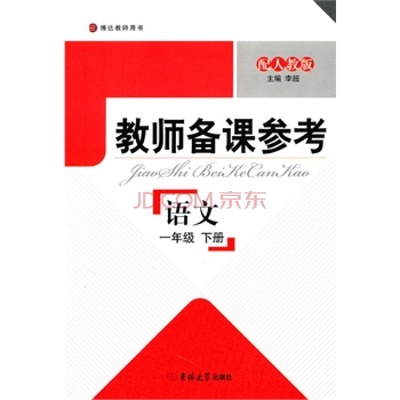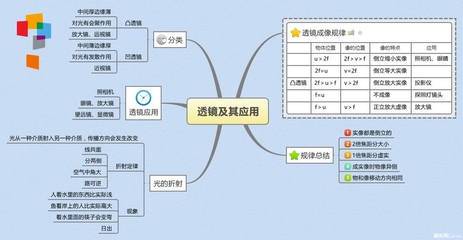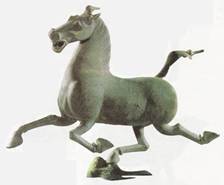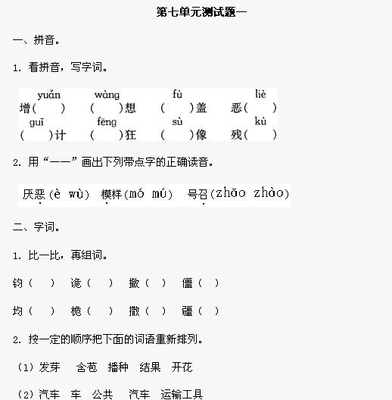2014新版八年级英语下册第1--第10单元知识点总结
Unit1What’sthematter?
一、基础知识
1.What’sthematter?怎么啦?出什么事情了?
【解析】matter/'mætə(r))/n.问题;事情
What’sthematterwithyou?=What’sthetroublewithyou?=What’swrongwithyou?你怎么了?
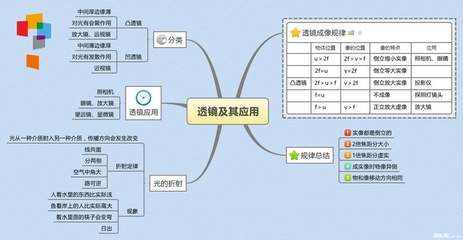
【注】:matter和trouble为名词,其前可加the或形容词性物主代词,wrong是adj.不能加the
【用法】用于询问某人有什么病或某人遇到什么麻烦、问题其后跟询问对象时,与介词with连用。即:
What’sthematterwithsb.?=What’syourtrouble?=What’sup?=Whathappenstosb.?
—What’sthematterwithyou?—Ihaveabadcold.
2.Ihadacold.我感冒了。haveacold=catchacold=havetheflu感冒
haveafever发烧haveacough咳嗽haveastomachache胃疼,肚子疼haveatoothache牙疼haveaheadache头疼
3.身体部位+ache(疼痛)构成新的复合词
stomach+ache=stomachachehead+ache=headachetooth+ache=toothacheback+ache=backache后背痛
4.muchtoo+形容词,意为太......,toomuch+名词,意为很多,大量。
5.enough【形容、副词】足够的/地,enough放在名前后,形副后。goodenough足够好,enoughmoney=muchmoney
6.liedown躺下,lie躺,躺着,过去式lay;lie说谎,过去式lied
7.maybe“或许”,常用于句首,表示可能性,后加句子。Maybeyouareright.
maybe,是情态动词+be的结构,意为“可能,也许”,后加名词、代词或形容词。Hemaybeangry.
soundlike+名词代词和从句:Itsoundslikeyoudon’tknowthetruth.
Itsoundslikeagoodidea.sound+形容词,“听起来,好像”,Themusicsoundsnice.
9.need需要,实义动词need+名词,需要某物;
needtodosth.需要做某事,主语通常是人,表示人主动的动作:Youneedtolistencarefullyduringclass.
needdoingsth.主语通常是物,表示被动的动作:Yourdirtyclothesneedwashing.
10.getoff(thebus)下(公交车)geton上车
11.agree同意,赞同;
agreewithsth.同意某事如:Iagreewiththatidea.
agreetosb.同意某人的意见如:IagreetoLiLei.
12.trouble问题,麻烦;beintrouble遇到麻烦,maketrouble制造麻烦,havetrouble(in)doingsth.=havedifficulties(in)doingsth做......有麻烦。
13.rightaway=rightnow=atonce,意为马上。
14.advice[不可数名词]劝告,建议,向…征求意见,givesb.adviceonsth.就某事给某人建议;advise[动词]advisesb.todosth.建议某人做某事
advisesb.doingsth.
【复习】exercise练习、锻炼
当exercise意为“练习”时,为可数名词即可加s
当exercise意为“锻炼”时,为不可数名词即不加s
16.hurt及物动词,使……疼痛,……受伤,Hehurthislegwhileexercising.
不及物动词,……(部位)疼。Hisleghurtbadly.
clean【动词】打扫,cleantheclassroom打扫教室,【形容词】干净的,cleaner意为清洁工
全文下载:http://pan.baidu.com/s/1kTFWAaV
 爱华网
爱华网